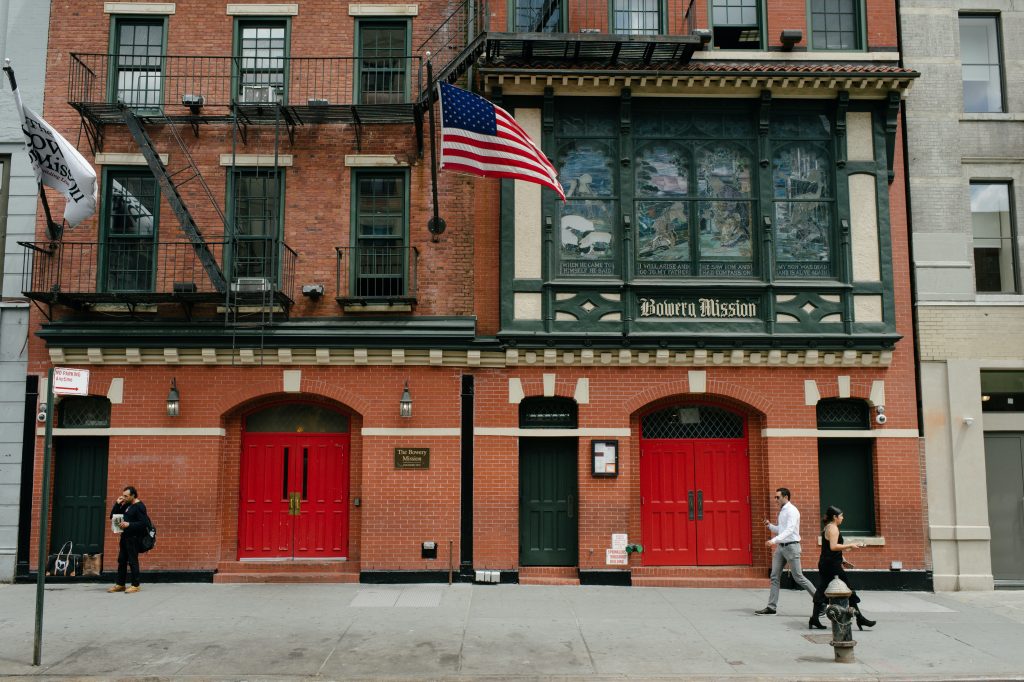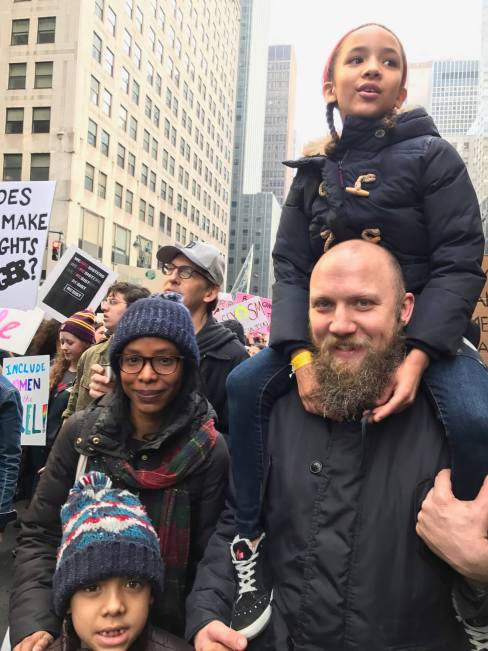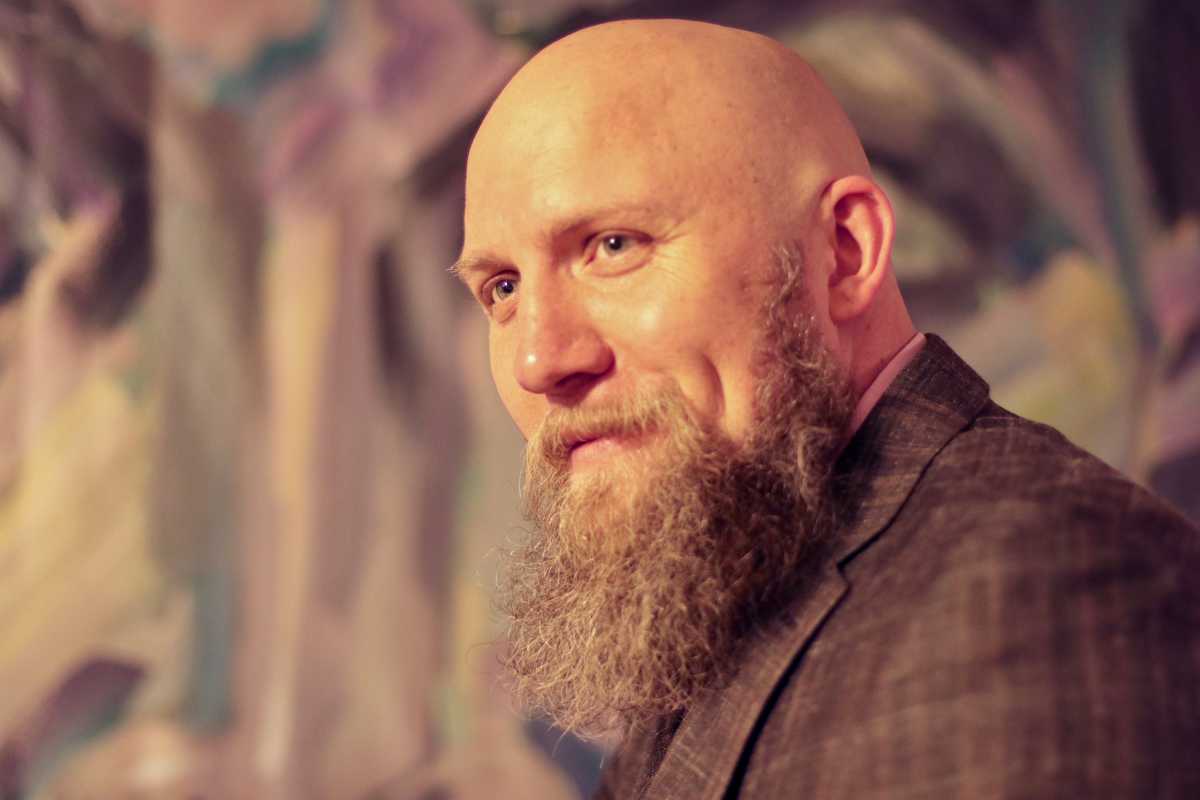A new book by the Bowery Mission’s chapel director explores the homeless service through his personal experiences there and also looks back at its 140 years of history on the Lower East Side.
In “Bowery Mission: Grit and Grace on Manhattan’s Oldest Street,” which came out on Tuesday, author Jason Storbakken writes about the homeless people he has gotten to know during his years at the mission, and puts the city’s homeless problem in perspective by looking at the issue through the years just as the Bowery Mission commemorates the 140th anniversary of its founding in November.
“I’ve always been interested in history and movements,” said Storbakken, who is also pastor of the Manhattan Mennonite Fellowship near Gramercy Park, and co-founded with his wife Radical Living, a Brooklyn-based community organization.
The spark of inspiration for this book came when Storbakken began reading through books about the Bowery Mission, along with a century’s worth of issues of the Christian Herald, which looked at history through the lens of the Bowery but also America at large and Christianity.
“It was just fascinating,” Storbakken said. “Knowing that they went through this 75 years ago, 125 years ago, 140 years ago, just gave me a continuity to know that I’m part of this thing that’s bigger than me but I get to be a part of it.”

The city’s homeless problem has gotten a lot of attention recently, and Storbakken notes that historically, “There’s patterns and waves.” He said there were big problems after the Civil War, during the 1893 economic panic which created a lot of poverty, and during the Great Depression.
In the 1960s, the deinstitutionalization of mental health facilities led to more homeless people with mental illness, Storbakken said. And in the 1970s and ‘80s, he noted a language shift that included terms like “welfare queen” to say the poor were lazy and needed to pick themselves up by their bootstraps.
“So here we are in the 21st century with homelessness skyrocketing in New York City and busting at the seams,” he said, adding that the city has big levels of economic inequality.

Storbakken said the city does some good, like its right to shelter law and having a big shelter system. But after government and bureaucratic involvement, “there’s little room left for compassion,” he said.
That’s where the Bowery Mission comes in. “We’re able to build community and access for those experiencing homelessness,” he said, “that they might get the skills or opportunities to rise above the situation they find themselves in.”
When asked about misconceptions about homeless people, Storbakken replied, “There’s a lot of fear. People feel threatened by the homeless.”
He wishes that people would give money to those in need, instead of worrying that it will be spent on drugs or alcohol. “That little moment of kindness can go so far,” he said.

Storbakken said the recent killings of homeless men in Chinatown were “heartbreaking,” and his initial reaction was anger, because the victims were known in the community. But when he learned more about the assailant, “that rage turned more into remorse, because even he had come through and broken bread and gotten clothes and a shower here. But his mental health was so fragile. Hurting people sometimes hurt other people.”
The Bowery Mission held a memorial for the homeless men who were killed, but also a service of lament for those living with homelessness. Storbakken said there were many memorials for the killed men but he didn’t know if any others included homeless people. “That’s something we were able to provide, so we had a service of lament,” he said.
When it comes to the city addressing homelessness, Storbakken said he wants leaders to listen more, and not view it as a problem to be solved, “but a way to bring hope as a resource and provide clearer access to opportunities and cutting out bureaucracy.” He added, “really listening to the people who are experiencing homelessness. All these folks are so high up and making huge legislative decisions.”
Storbakken said he is excited for his book to be coming out. “It’s great to be able to tell the story of the Bowery Mission,” he said, “and hopefully draw people’s hearts toward those who are hurting so much.”

































